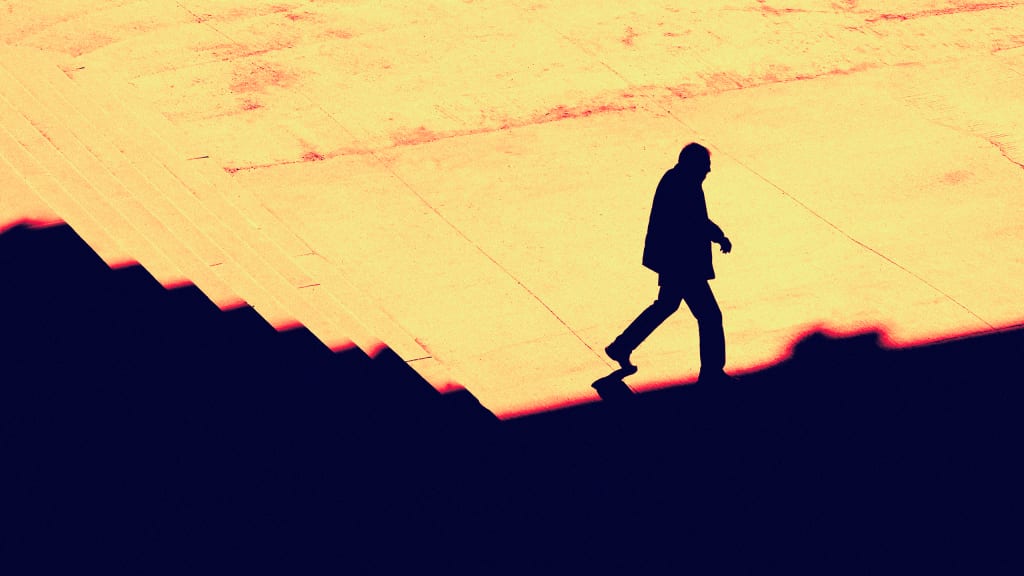
"Shade can lower the ambient temperature of the air by as much as 15 to 20 degrees Fahrenheit. It can cool surfaces by as much as 45 degrees."
"The absence of shade from our lives is not an accident. Shade has been deliberately designed out of our environments."
"Those decisions may have made sense in the past, but we are rapidly moving into a new world where sun protection is going to be as important as sun access."
"In ancient Mesopotamia, cities were the real oases. Four thousand years ago, in places where temperatures could soar up to 130 degrees, Sumerians used city walls for shade."
Across Europe, the East Coast, and potentially the Middle East, heat waves are prevalent. Climate change raises temperatures, creating a critical need for shade, which can significantly decrease air temperatures. Historically, over half the Earth's land was shaded by trees, but this has dropped to 30%, with urban areas especially affected by "shade deserts." In his book "Shade," Sam Bloch emphasizes that the absence of shade in modern environments results from intentional design choices, with the necessity for sun protection now matching the need for sunlight.
Read at Fast Company
Unable to calculate read time
Collection
[
|
...
]